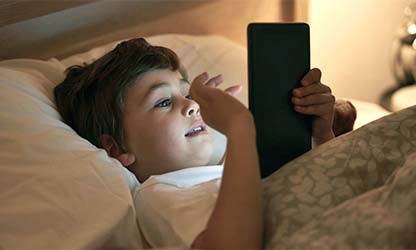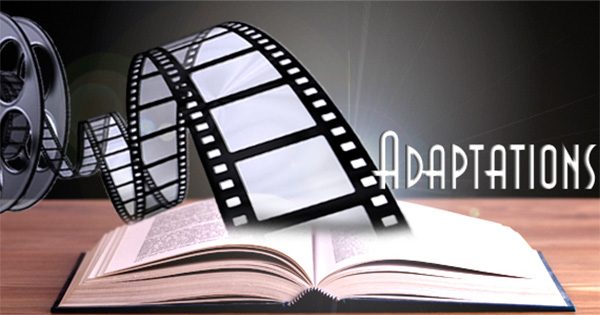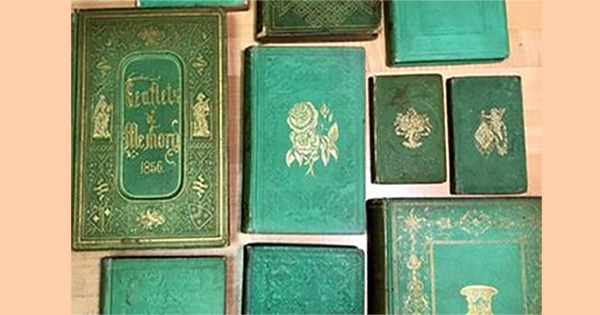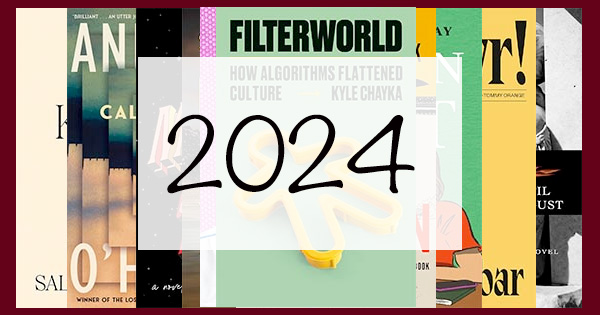The Paper v eReader debate is one of those debates that can never be settled as personal preference plays such a huge part in each format’s usage and of course, accessibility of said formats. There are those of us who would love to own an enormous library of paper books but simply do not have the space and so carry their literature around with them on their eReaders and then there are those of us who simply do not have access to or who are tech savvy enough to be able to use modern eReaders.
Never has the saying Never Judge a Book by its Cover been more apt as the wonders of our favourite authors are the same whether presented to us in the traditional paper and ink format or in the modern digital format, either way the story told remains the same.
However it seems that there are areas where the old ways really are still the best and when it comes to reading a bedtime story to your children modern eReaders fall short of good old fashioned paper books. In a study undertaken by the University of Sussex researchers have discovered that children feel less of a physical and emotional connection to their parents if the bedtime stories are read from an electronic device.
The study has found that children who are read to from a tablet device will often be distracted as they are aware of the other option that a tablet offers them such as watching videos or playing games rather than reading and also it is believed that the posture adopted when reading from a tablet is less conducive to cuddling, making the whole experience less of a bonding experience.

Dr Nicola Yuill, who led the study, said: “A paper book tends to have a single purpose, while an e-book is often only one app on a highly multi-functional device that can also be used to book tickets, play games, work on spreadsheets, and watch films. And because digital devices are so often used in solo situations, reading books on digital devices moves from a potentially shared activity to a more individual, private activity.” Adding that “Our results demonstrate that the use of digital technology and the activity of reading seemed to exist in two somewhat separate spheres.”

The study focused on a group of 7-9-year-old children who were read to by their mothers in one of four each of four conditions: mother or child as reader, paper or tablet screen as medium. The results showed that while information retention was unaffected by the medium used, interaction and warmth was lower for screen than for paper and dropped over time for screens, with a significant decrease in interest when children rather than mothers took the role of reader. It was also noted that children using a Tablet to read from would position themselves so that the tablet reflected a solo exercise with mothers having to ‘shoulder surf’ to share in the reading experience whereas mothers reading a paper book would position themselves to ensure the activity was a shared visual experience which would allow the child to adopt a ‘curled up’ position.
Verbal interaction was also far greater when a paper book was used also with mothers making more story relevant comments and children showing greater engagement in the story being read.
Published in the journal Frontiers in Psychology these results show us that no matter how advanced technology may become, there will always be a place for the traditional paper book and one of those places will be snuggled up with your children at bedtime sharing a few quiet moments before kissing them goodnight and then coming downstairs to read something a little more grown up.

Bestselling WWII novel to air as six-part mini-series on Sky

Poisonous books removed from the National Library of France

10 of 2024’s Most Anticipated Reads

The For Reading Addicts Book of the Year 2023


